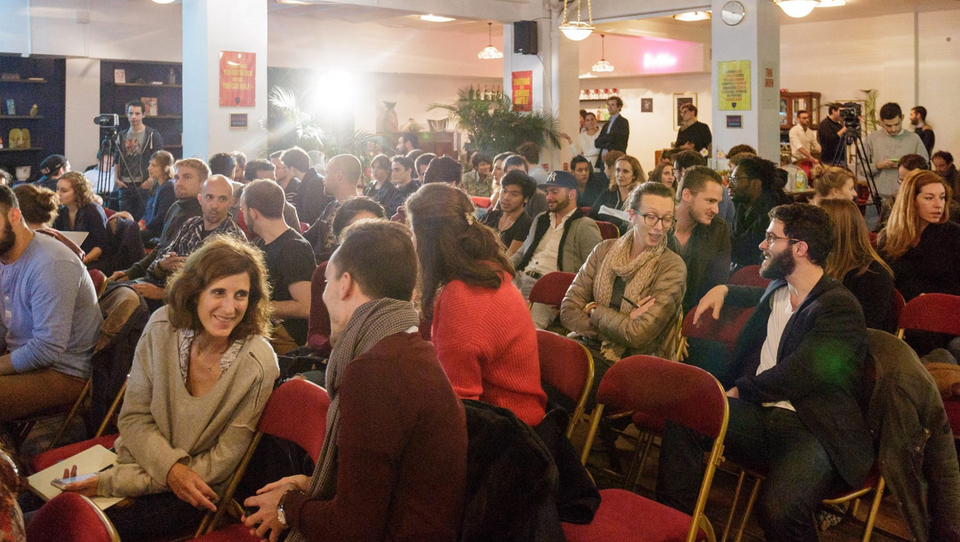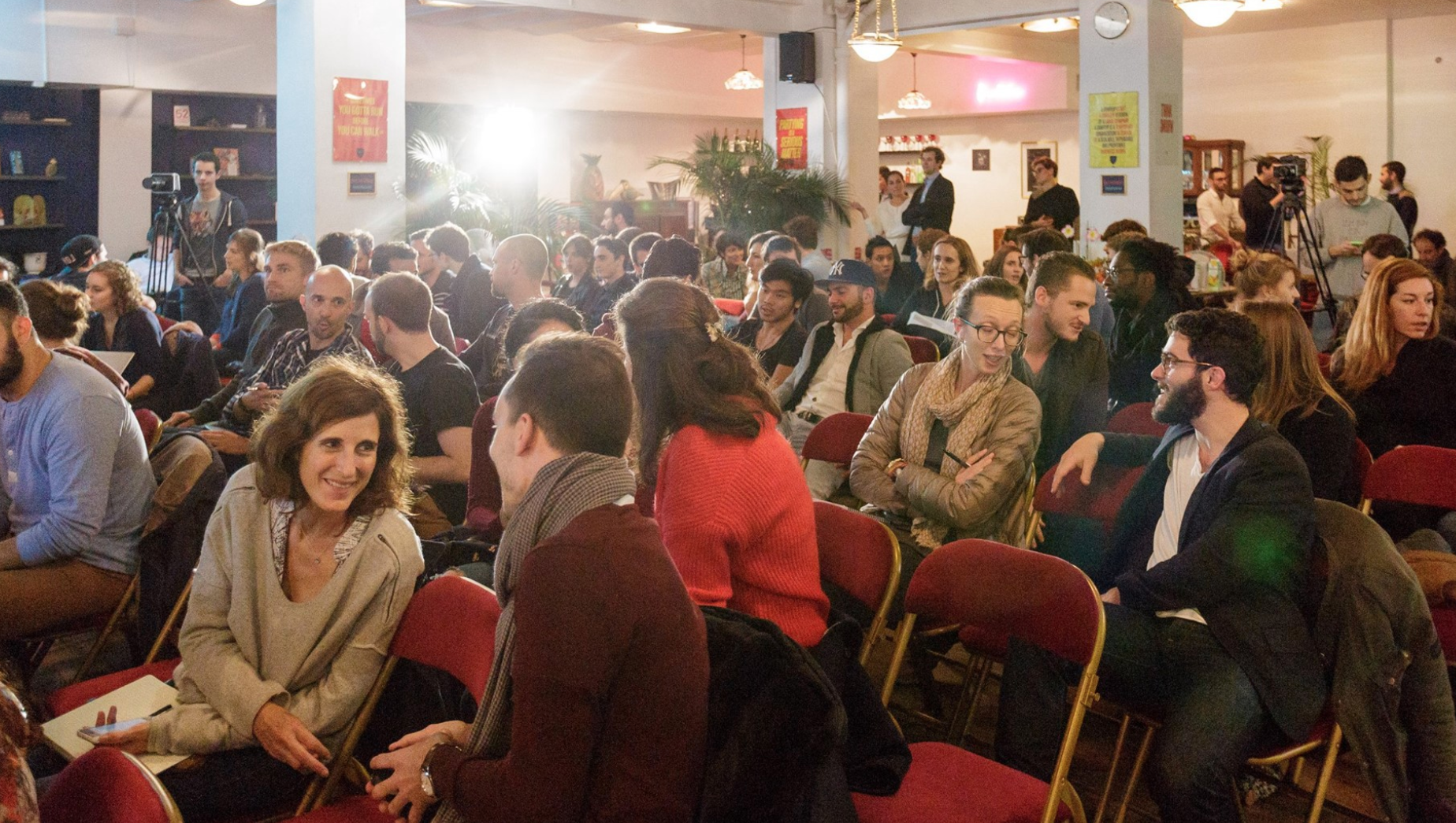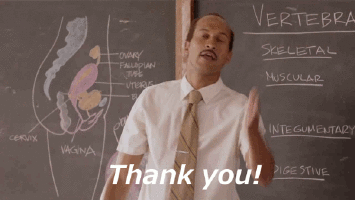Learning how to learn

One of the things we’ve noticed amongst ourselves at The Family is that the entrepreneurs who impress us the most are the ones who have the steepest learning curve, the ones who have the most to learn and who are able to push that curve upwards as fast as they possibly can.

Well, how can we define that learning curve? How can we improve it?
We feel it, we know it exists, and we tell ourselves that it’s the most important thing, but we don’t know how to really measure it. If someone asked me how we can judge this ability to learn in an entrepreneur when we first meet them, well, it’s like licking your finger and sticking it up in the air to see which way the wind is blowing.
Because the reality is that it’s not easy to say why some people learn quickly, and others take longer, if they ever learn at all. But because we don’t really want to believe that the learning curve is just a mystical subject that comes down to our best guess, we tried to figure out how to objectively express it.
It was hard. But we managed to come up with a few things.
First, identify how people figure out the answer to a question.
It used to be that if you wanted the answer to a question, you had to go around to the library, talk to people, find out who was an expert, etc. It was time consuming, and it was tiring. Now, Google is your friend. Quora is your friend. Wikipedia is your friend. If people understand how to look for answers in today’s world, their rate of learning can go way up. If they don’t understand, well, that’s why I could set my inbox to autoreply with “Let Me Google That For You” and have 75% of my messages instantly disappear.
I wish I were joking about that.
Next comes a question of self-confidence.
Again, it’s difficult to put a precise number on this, but if you’re honest with yourself, you can pretty easily sense your level of self-confidence, and if you’re having a conversation with someone, you can pretty easily sense it in them as well. And one of the keys to learning quickly is believing wholeheartedly that you are able to do it.
That belief shouldn’t be blind: no one should go completely against their nature, their abilities, and their needs. An example: we’ve found through brain analysis that roughly 1/3 of people are born with small differences in their brains that make it difficult for them to understand and learn mathematical constructs. Maybe they need more time to learn, maybe math is really a subject that is not right for them and they will never master it, it’s different for different people. But the real problem is in our response, which is always the same: they go to school, they struggle with math, we tell them that they’re dumb, and they feel like they can’t learn. They lose that confidence in being able to learn, when what was needed was extra time and means that could help the brain to reform itself (which it can do — if you ever watch it through an MRI or other means, you’ll see that the brain is a remarkably plastic thing that can find new pathways and methods).
So a person who can learn quickly is self-confident and able to realize what is within the realm of their interests and their capabilities. If you’re a fish, don’t try to climb a tree. Spend your time trying to swim really well.
Focus on what you are good at
Personally, I know that I’m useless in geography — give me a map and I turn into a Republican presidential candidate. I’m useless in terms of time — half of the checks that I write are rejected because I have no idea what year it is. So I’ve structured my life so that I don’t have to worry about those things.
On the other hand, I’m an excellent auditory learner. If I hear something, I remember it. I remember conversations without any problem. When I was younger, I learned everything by watching TV. So if I want to learn something, I know that the best way is to find something to listen to on the subject.
When you have that sense of your interests and capabilities, you can learn things from any number of different sources. A lot of times, we put a real weight on learning, thinking that it has to come from somewhere serious, that it has to be identifiable as intellectual. But our culture is constantly providing opportunities to learn. Films, TV, radio, the internet, all sorts of things can teach us something new. So don’t put a value judgement on how you are learning or what you are learning — you don’t know what might be useful eventually. Put the value on learning itself, whenever and wherever you can.
The people who we see that have a strong learning curve, those are people who don’t have specific moments when they learn things
They’re always in learning mode. Others are always in “I’d like to learn” mode. But there’s a big difference between those two things. That difference lies in not putting some magical weight on learning things, not restricting it to certain situations or sources of information, but instead choosing to be completely open and thus learning all the time.
Once you’ve given yourself the means, once you’ve been honest about who you are and what type of learner you are, once you’ve opened yourself up to learning all the time, then there are a few techniques that you can use to accelerate your learning curve.
The first one is called “chunk & process.” If you were to try to run really fast and knock down a brick wall, you’ll just hurt your head. But if you look at the wall and start to see what it is made of, you can begin to take it down brick by brick. Learning is the same. If you look at a subject in its entirety, you’ll get knocked flat on your back. But if you can break it down into its simplest idea, and then a slightly more complex idea, and then a yet-more complex one, you’ll begin to master more and more material.
By their evolutionary essence, our brains aren’t structured to accept huge, earth-shattering shocks all at once. The more that you can break new ideas and new concepts down into small, acceptable pieces, the faster you will process them and learn them. And as you break them down, make sure that you try to learn those pieces every day. The best way to really implant something into your brain is to see an idea over and over and over again. To read it again, to listen to it again, to write it again.
Once you learn something, you have to understand that it will have an impact on all the rest that you will learn later
At one point in the world’s history, the Pythagorean theorem was an incredible discovery. It was the greatest theorem that the world knew, for hundreds of years. And now it’s something that we teach to kids in middle school. That fact forcibly changes all of the geometry and math that they learn later. The Pythagorean theorem is in no way the end of their learning, it is just the beginning. Trying to be an entrepreneur, trying to understand startups is like that, too. Whatever you learn today will be the base for what you’ll add in tomorrow, and the next day, and so on.
Those people with those incredible learning curves understand that: that everything you learn allows you to build up more on top of it, and that things will eventually fit together in ways that aren’t necessarily clear in the moment of learning.
Another thing that people with impressive learning curves do is to train their memory
Through neuroscience, we know that as adults it is possible to train our brains in order to maintain our memory. We can’t necessarily expand our natural capabilities at that point, like we could do when we were children, but we can work to maintain our memory capacities.
And if there is one actual danger in the digital world, it’s that — losing your memory. Think back on all that you used to remember, which we’ve now given over to the computers. Phone numbers. We used to have them in our heads, and now I couldn’t tell you my own number. Directions. Now, just follow your GPS. This means that training your brain is more necessary than ever — you need to explicitly exercise your memory, to practice memorizing things and recounting them back to yourself.
We also know that it's easier to learn if you're really in love with the subject you’re dealing with

Why? Well, it’s a long story, and if you’re interested you can take a look at a fascinating book by António Damásio called Descartes’ Error, but what it comes down to is that there is a significant emotional element in learning. When we love someone, when we truly love someone, we start to find them in things that are only tangential to them. For example, if you’re in love, and the person you love enjoys sailing, when you see a sailboat, you think of them. It seems so simple and almost stupid, but neurologically speaking, it’s huge. Your brain reprograms itself, it creates connections between objects and the one that you love that it wouldn’t make with everyone that you know, because if it did you would go crazy. Learning becomes easier when you feel an emotional and loving connection to the subject. The emotional component of learning is extremely important if you want to hack your learning curve. If you can fall in love with the subject that you want to learn, your brain will reprogram itself to give more space and more connections to that subject.
This emotional component is also why you can improve your mastery of a subject by adding simulations to the environment in which you’re learning. Put yourself into a state that improves your emotional expectations for learning. In his autobiography, Machiavelli tells the story of how, when he was studying the classical authors, he would dress up like a classical Roman before he started reading. Today, American Airlines has found that when they start training a new pilot, by having them dress up like a pilot and putting them into a real airplane for a few months, their training becomes much faster and more effective. These are both examples of putting yourself into a mental and emotional state that encourages learning, that pulls your brain into a place where it is receptive to remembering. It’s the neurological principle behind the old saying of “fake it ’til you make it.”
The next thing that you need to realize is just how important communication is to learning
One of the best ways to learn something is by talking with people.

In our world, there is an amazing ability to find people in your networks who know something that you’re trying to learn. And people who know things are, in general, happy to talk to others about what they know. That doesn’t mean you should have just one person who you’re always asking. Multiply your sources of information, pay attention to who knows what, and utilize those resources.
As you’re learning, remember how powerful metaphors can be. If you can remember a story or a metaphor or an acronym, that idea will stay in your head. And taking the time and making the effort to create these metaphors for yourself will be even more effective than ones that you get from somewhere else — assuming they’re good metaphors, of course.
Teach!
Teaching is one of the greatest way to learn things. When you teach, you’re forced to explain things, and people are a clear reflection of your own mastery of the subject. Because when you stand up in front of people and try to teach them something, it becomes very clear: if they understand, you’ve explained it well; if they don’t understand, that’s not their fault, it’s yours for not having explained it properly. Teaching sets a very high bar, not only with your having learned the subject, but also your ability to communicate it in a variety of ways.

A few last things…
Never underestimate how learning something can become important later, connecting dots that you may not have been able to see when you were learning. Knowledge is never a closed loop, it is always in flux and growing. And the easiest way to continue learning new things is to keep expanding your foundation. The more that you learn, the easier it becomes to learn new things. No matter what it is — painting and drawing, history, math, or technical subjects that are directly related to entrepreneurship, they all will give you a broader base from which to learn new things.
And remember, procrastination is not your enemy. We’ve all been pushed toward the idea that we always have to be producing, that there are others out there who are coming out with a new book every week, etc. But we’re also learning that taking some extra time is a needed part of learning. Leaving some time and space free in your brain, which is then able to digest and work with the new things that you’ve been exposed to, is needed to truly learn. Just because you give yourself the time to walk around the city and free your mind doesn’t mean that you’re not being productive.
P.S. Be careful about taking notes — too many people mistake taking notes with learning. When you’re taking notes, you’re probably not learning, because most of us aren’t very good at doing two things at one time. So pay attention and figure out what works best for you — the next time that you watch a video or something like that, see if you learn and retain more with notes, or without notes.